This post is also available in:  Deutsch (German)
Deutsch (German)
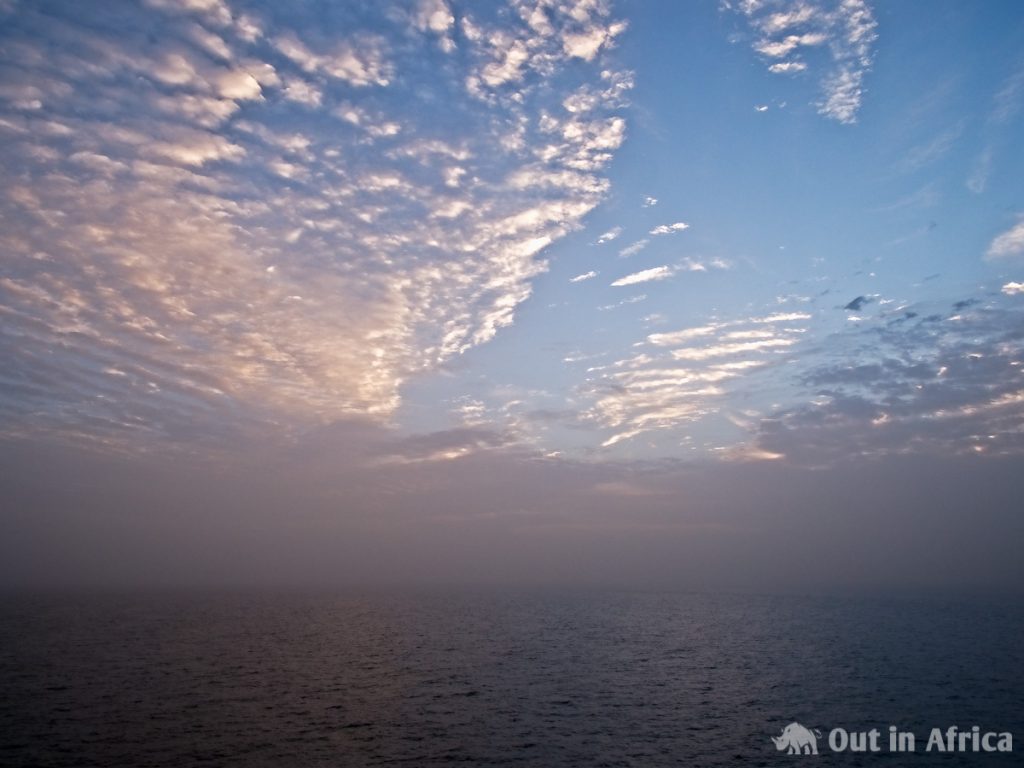
The sea has a different smell. It smells like I know it from Namibia – of life and warmth.
It is only now that I notice that the North Sea and the Baltic Sea smelled different from the Atlantic Ocean in Africa. I am now wondering whether this was the reason why these two oceans never triggered the emotions I feel on the Namibian coast. The North Sea and the Baltic Sea smell comparatively sterile. I always thought the difference was in the ferocity. The Atlantic Ocean in Namibia has the strong Benguela current and high breakers that can be dangerous. The European seas are absolutely tame against it. But I think it is the smell, the most primitive of all the senses, which we hardly consciously perceive, that makes the most significant difference.
The sea smells like home now.
But I also know that it is different from the South Atlantic Ocean. There is a warm current here. We are in the tropics. The sea does not yet have the green colour of the Antarctic plankton but is a beautiful deep blue.
The wind is not as strong as it was yesterday and is now actually coming from behind. The sea is calmer. There is still a lot of Sahara dust in the air. But even that will subside soon that we pass the westernmost point of Africa, Dakar.
Yesterday the course was changed to 180°. We have reached the westernmost point of our journey, just west of the 18th-degree longitude.
In the afternoon, I pack my two cameras, sunblock and a Coke and go forward to the balcony on the bow.
On the way forward, I meet Pierre. He has just returned from the viewing platform and reports that he has seen birds. In his opinion, we are far too far from the shore for birds. We argue about how far away we are from the continent. He says more than 100 km; I think there are less than 100. But the question is easy to answer: we both pull out our smartphones and call up Maps.me, the navigation app we both use. Okay, I have to admit: It’s closer to 100 km than I thought. But not much more.
Unlike Pierre, I’m not surprised at birds so far out at sea. Yes, if it had been a house sparrow, then I would have thought about his imminent death. But some birds can survive on the sea.
However, Pierre is right when he says that there are more birds on the coast than here so far out at sea. Even if there is nothing but the water here, it is still a kind of “desert”, because there is no drinking water. Only very few birds get along without drinking water for a longer time.
On the bow balcony, I stand at the railing and look at the water. Today the sea is peaceful. The wind comes from behind, the waves gentle. From time to time, the sun breaks through the clouds and throws silver flakes on the water.
There is still a lot of dust in the air, but I can see the horizon line again.
I’m looking at the water. The sad truth is that I see a lot of garbage, be it plastic bottles or plastic bags. Or polystyrene that an African fisherman had tied to a net with cords and that broke free.
Something big, brown-yellow is coming towards me. First I think that it is a huge garbage bag made of yellow plastic, then I believe that it is perhaps an animal. A seal? No, we are 100 km from the shore. That’s not a seal. Then I see fins. It is a turtle!
It makes me happy to see such a big creature out here on the ocean. Then, a short time later, I observe a second turtle diving sideways to escape the ship.
I’m a little worried about the animals. A 92,000-ton metal thing is coming towards them, displacing 54,000 tons of water. The ship is more than 11 metres deep in the water. Can the animals survive such a close encounter with the vessel?
Shortly after the encounter with the turtles, something flutters in front of the bow. A bird? No, it’s a flying fish with a green-blue body.
Because of all the watching, I forget that I have a camera with me. The turtles had come and gone so quickly that I was glad to be able to identify them at all. The same is true for the flying fish.
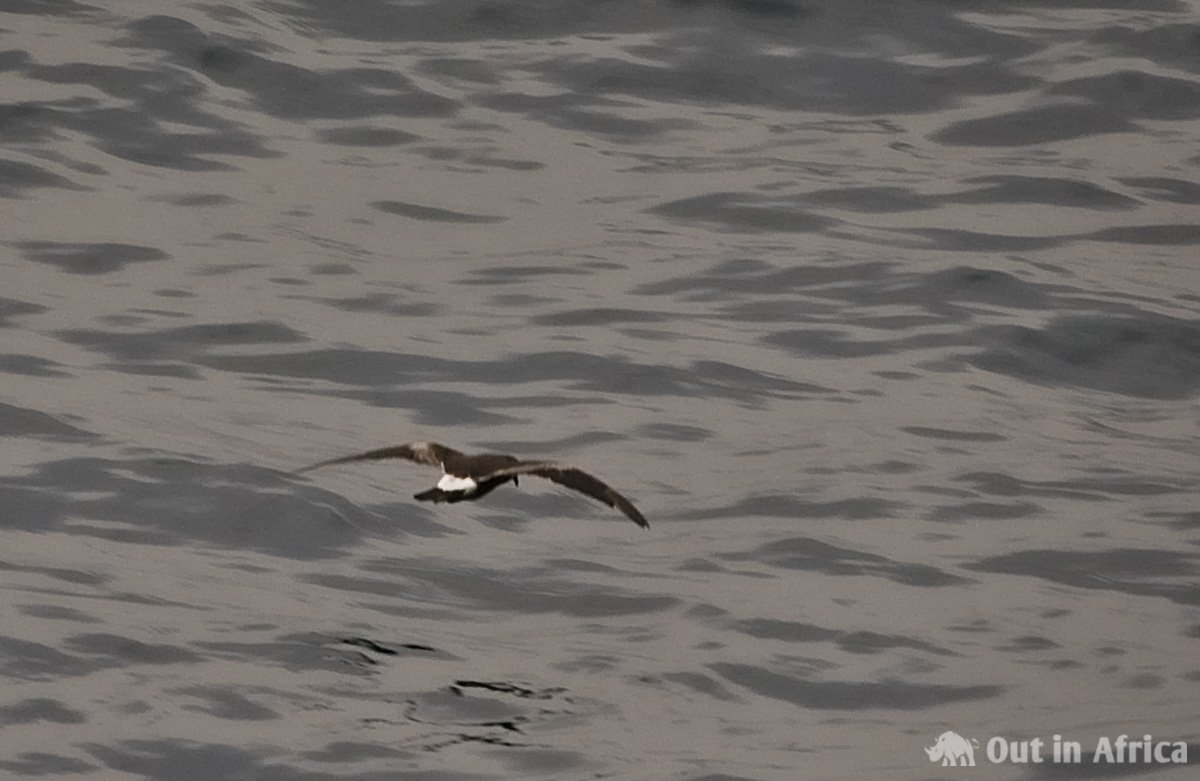
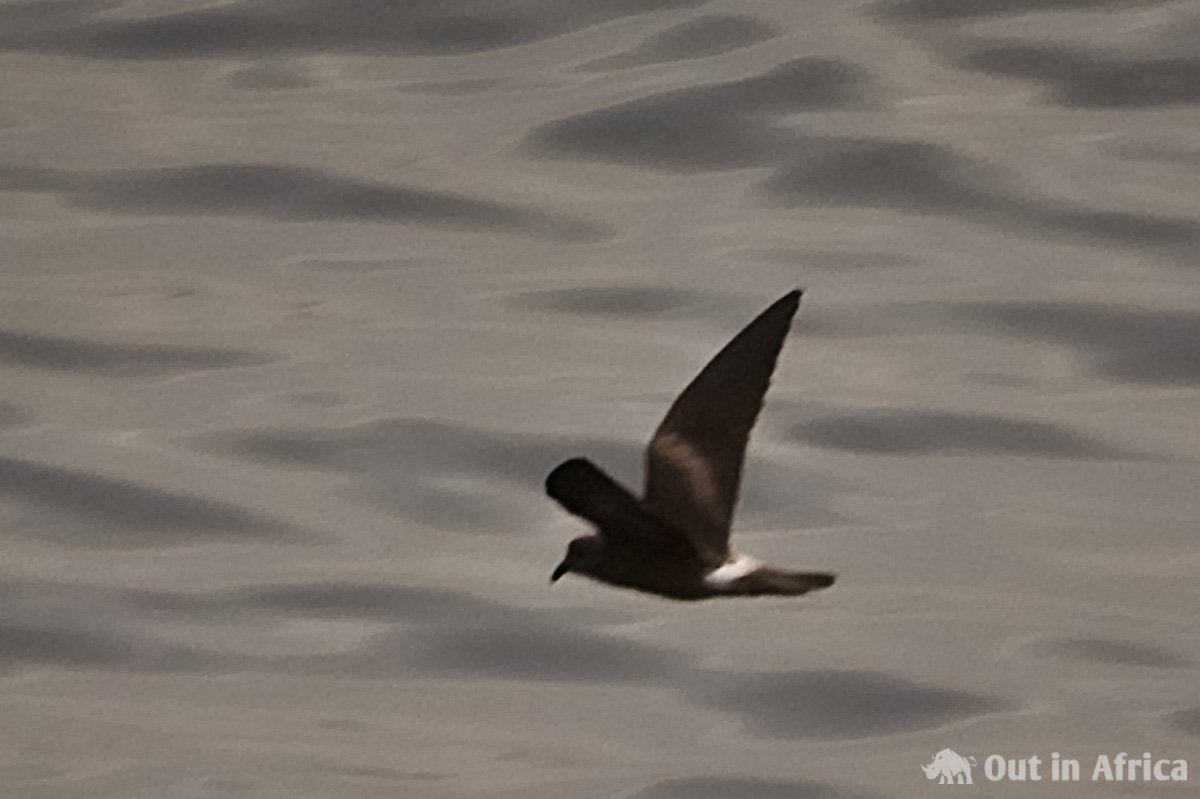
There are actually birds out here, and they are birds that feel at home here — shearwater or terns. They fly by again and again, but too far for me to identify them without binoculars. One species has a white back and dark, slender wings. From time to time they also swim in the water. I photograph them hoping to identify them later on the computer screen using my bird identification book.
Then I notice the backs and fins of … dolphins? No, the animals are bigger than all the dolphins I have seen so far, at least twice as big. They never lift their heads out of the water. Their dorsal fin is tiny compared to their body. Maybe it is a small whale species? I succeed in photographing the animals, unfortunately, blurred. I can only shoot the backs and fins and only from a distance, but perhaps I can see better what it was when I enlarge the photos on the computer.
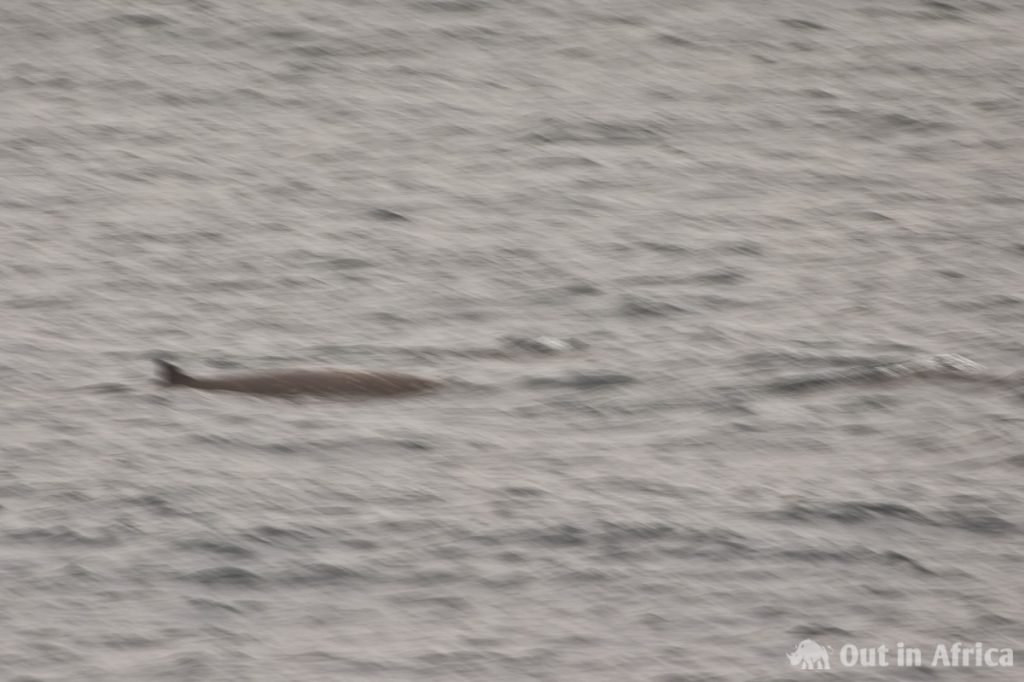
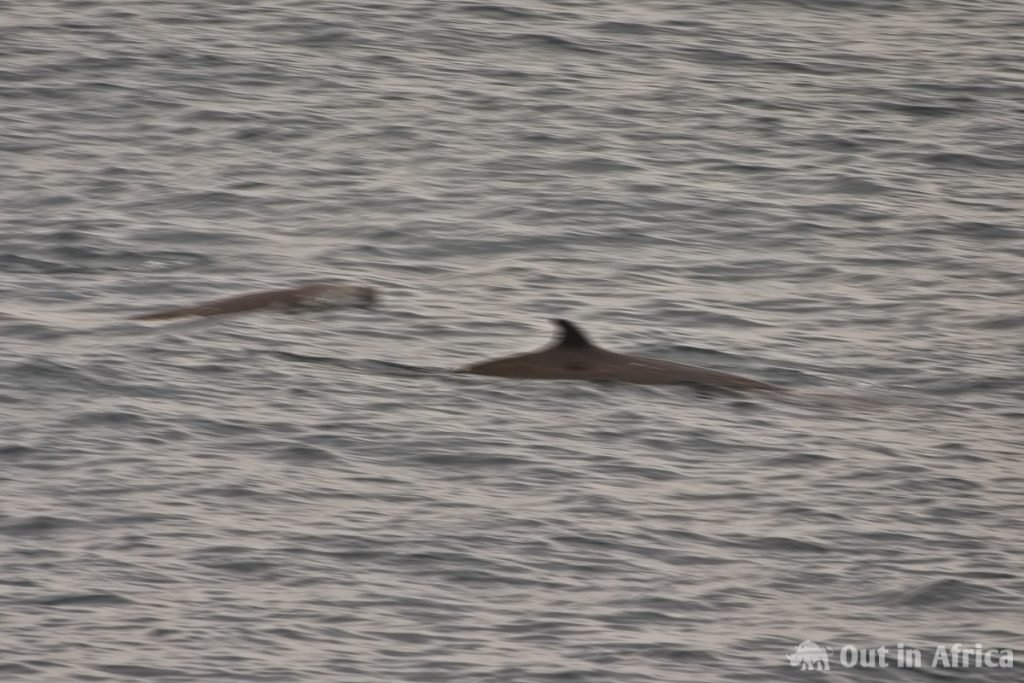
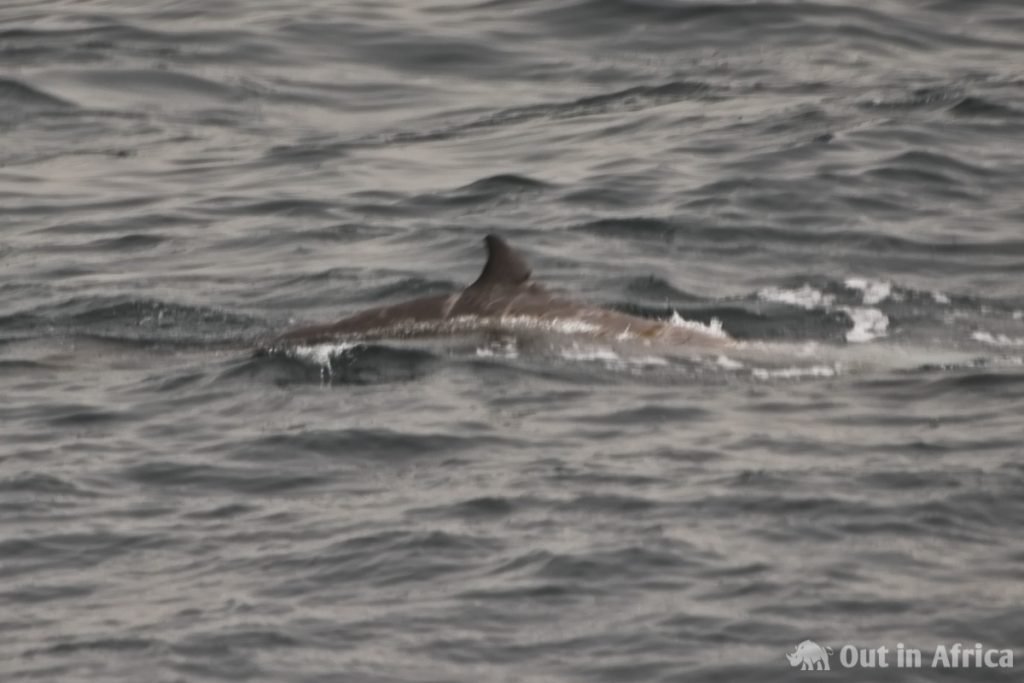
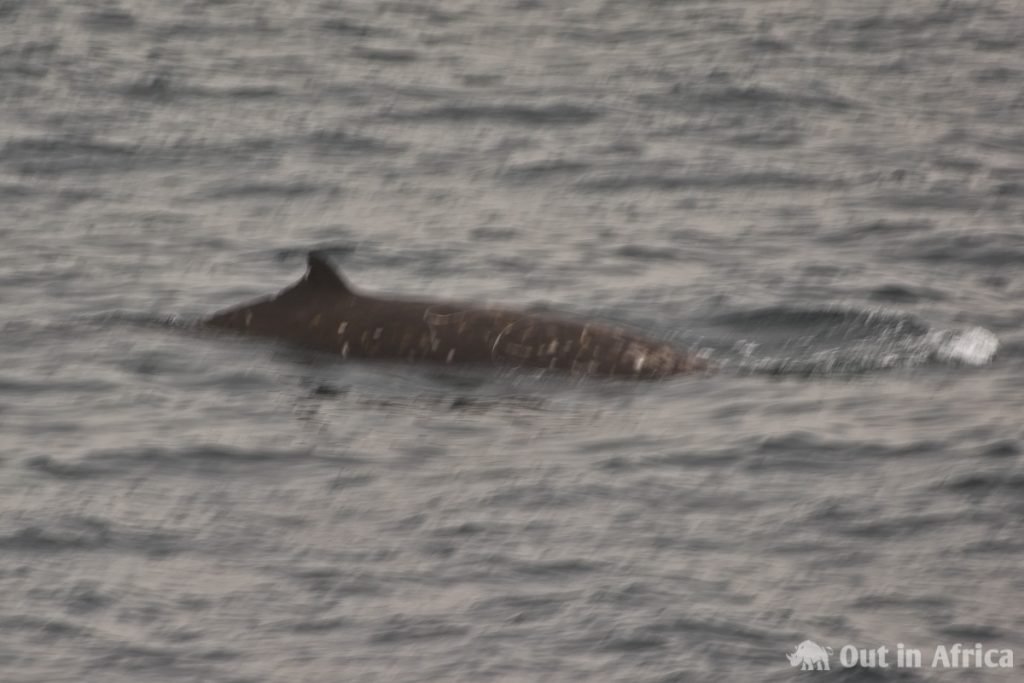
It’s 17:30. The two hours I spent on the bow balcony went by in no time. At dinner, we exchange our experiences. Pierre still doesn’t believe that we were closer than 100 km from the continent. But the Chief Officer says that we were 80 km away from Dakar. Okay, but that’s still a long way for a bird. The captain also saw the birds and suspects that they are shearwater and terns. He and his wife also observed a turtle and flying fish.
I express my fears about the chances of survival of turtles and other animals so close to the ship. The captain reassures me. The bow wave of the Bright Sky pushes the animals to the side. They are not sucked under the vessel but can swim past it. We are talking about the fact that millions of years before there were humans on this earth, turtles already existed. In all this time, they have had to adapt again and again. They are smart animals; they hear the ship coming long before we see them. Yes, I believe that my two turtles survived our encounter, but I am not so sure that all the species that existed millions of years before us will survive us, humans. Even far away from the land, there are always human artefacts, be they plastic bottles or big ships like the Bright Sky.
There’s tripe for dinner. The crew and Pierre are thrilled. I decide to try it at least once. It doesn’t taste bad, but after a while, I give up. I could eat it if I had to, but tripe is not my thing. Pierre, who usually eats less than I do, eats my plate too. The cook has prepared bread and cold cuts for non-tripe eaters.
After dinner, I make my way back to the bow. On the way, I meet the captain and his wife. On the balcony, he and I unpack our cameras. He has a superb telephoto lens. He told me about it proudly the other day. He is hauling a seat for his wife to the front.
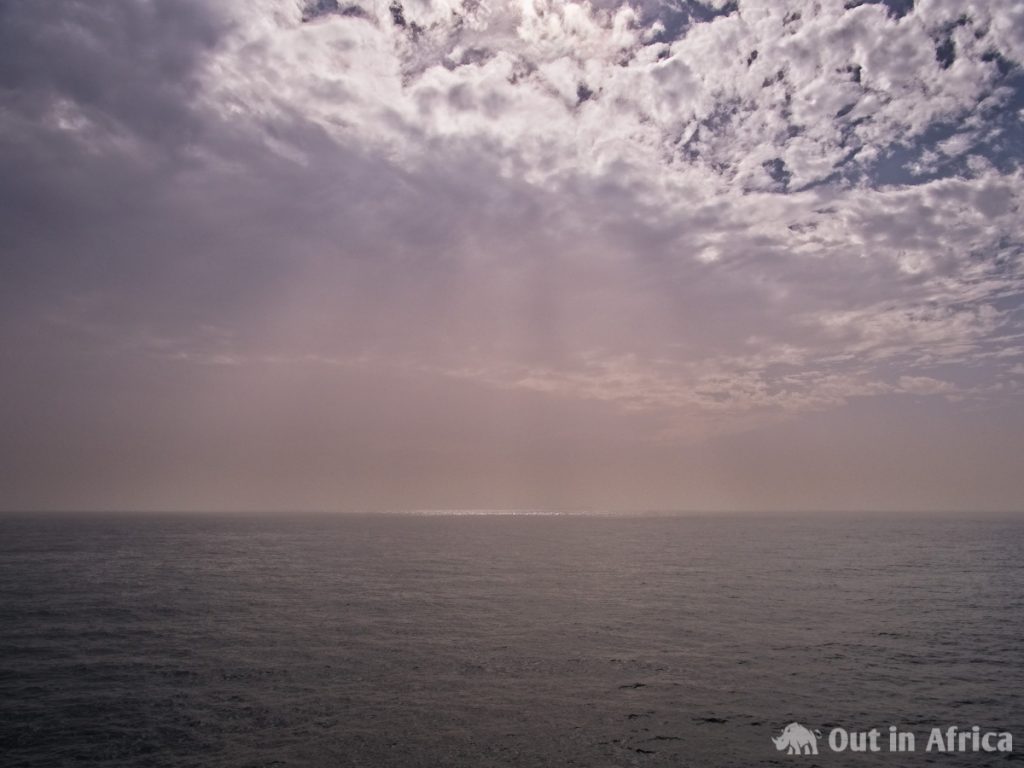
In the meantime, the sun has wandered further to the west. It’s rays fall at a different angle than in the afternoon and reflecting its light up to us. It is more difficult to see anything in the water. We practice wildlife photography by trying to follow the birds that come by again and again with our cameras and then capture their image. Or we photograph the garbage that drifts by from time to time. It’s not so much about the birds that are too far away and the trash, but about the handling of the camera. It has to be adjusted so that I don’t have to change anything except sharpness. In this case, back-button focusing helps. I also learn to read the movement of water and objects better.
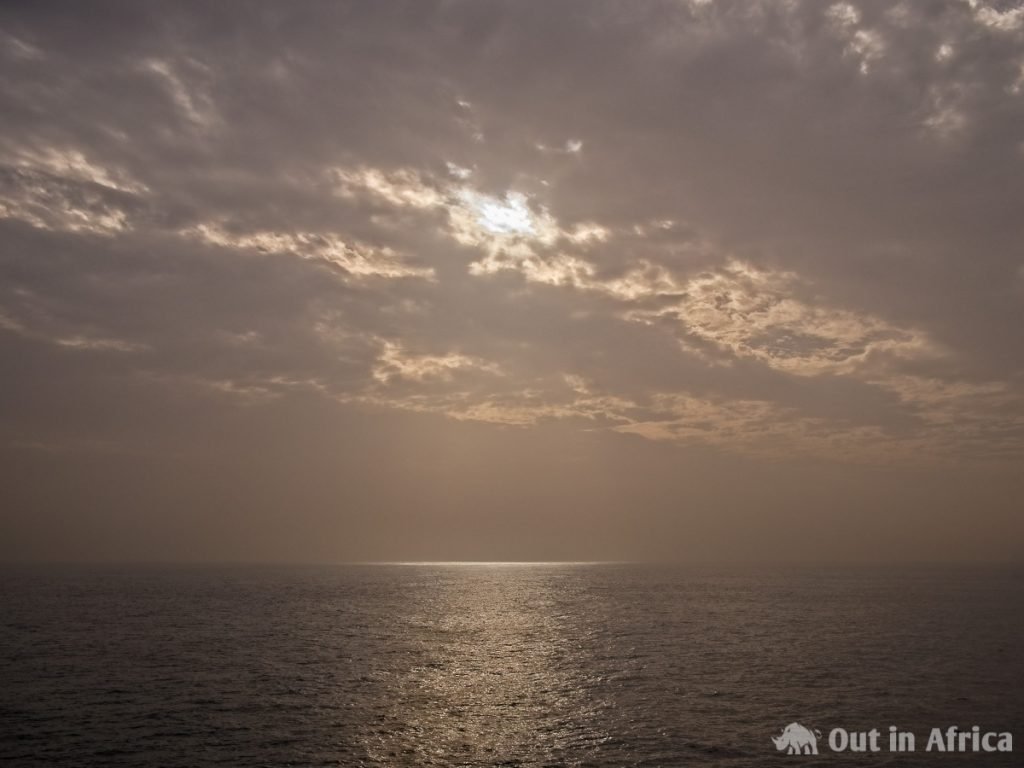
In between, the sun keeps breaking out of the clouds. I pursue landscape photography, where I am much more at home. But also here it is crucial to be fast. The sea changes almost every second due to the movement of the clouds and the ship.
Often we just stand at the railing and look at the water. Pierre also comes and stays for half an hour, but I notice that I can wait better, that I have more patience than him if there is nothing to see in the ocean. After a while, he leaves again.
While I look at the water, I see two or three dorsal fins. It’s not easy to tell fins from waves, but waves move differently. The captain also sees them and thinks it’s a shark.
The captain and his wife go, too. I stay for a while, look at the sea and photograph the play of light and shadow that the sun casts on the waves. It is very peaceful and never dull. But then the sun disappears, and I go back to my cabin.
I load my photos of the day onto the computer and enlarge them to 100%. The optics of my camera are so good that I can identify the birds. They are Leach’s Storm-Petrels.
The photos of the whales are, unfortunately, blurred. Since I don’t have a marine animal identification book with me, I have to wait until I have the Internet to identify them.
Wildlife photography was never my speciality, but the captain infected me with his enthusiasm. I intend to practice in the days to come.
Would you like to see an overview of all articles about my journey on the cargo ship Bright Sky? Click here for a table of contents.
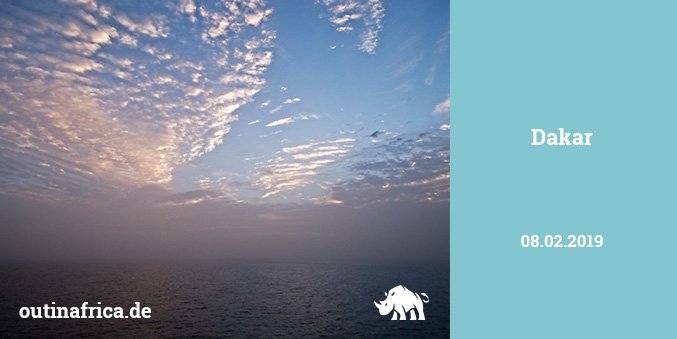
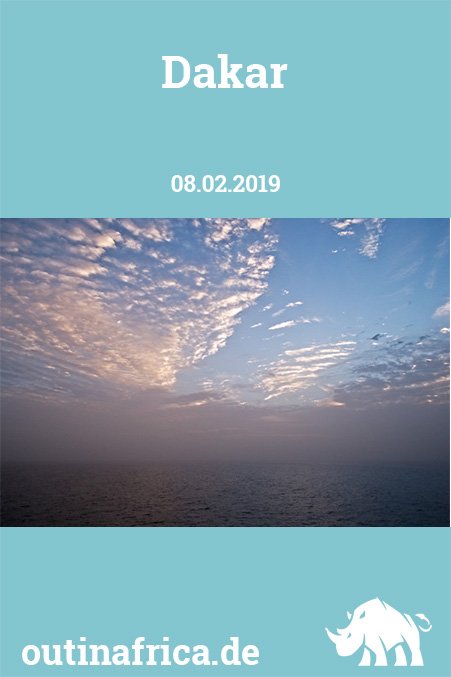

Leave a Reply